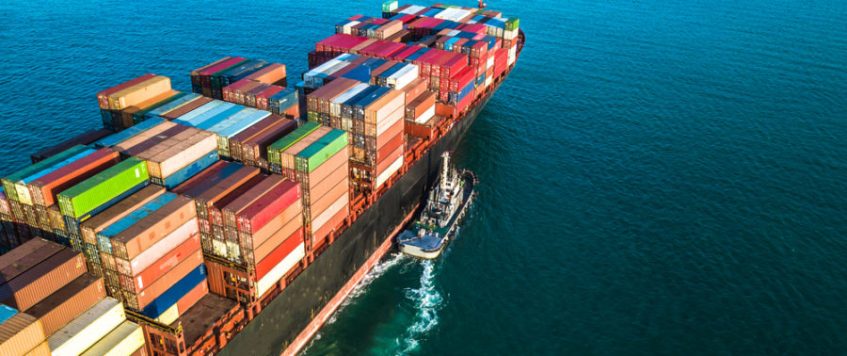-
12
Oct
Riding the Waves: Ocean Freight’s Uncertain Future
The ocean freight industry is currently experiencing a tumultuous period that is sending ripples through global trade and affecting economic landscapes from Asia to North America. After enjoying a pandemic-induced surge in business, shipping companies are now bracing for a significant downturn. At the crux of these challenges are a complex array of factors that include overcapacity, declining consumer spending, and shaky market sentiment.Container shipping rates have plummeted as much as 90% from early 2022 highs. Giants in the field like A.P. Moller-Maersk, Mediterranean Shipping, and CMA CGM have had no choice but to cancel sailings, particularly on heavily frequented routes from China to the U.S. West Coast. According to data from shipping platform Xeneta, there has been a 7% reduction in container capacity compared to a year ago. These cancellations, often referred to as blank sailings, are a symptom of a broader issue: the inability of supply to adjust to dwindling demand.However, the woes don’t end with shipping rates and blank sailings. In the U.S. and Europe, consumer spending has been on a decline, an unwelcome development for an industry responsible for transporting over 95% of the world’s manufactured goods. While consumer sentiment hit a four-month low in September, the labor market seemingly remains strong with the addition of 336,000 new jobs in the same month. This duality adds to the unpredictability of freight demand, affecting planning and profitability for carriers.Big-name retailers like Amazon, Target, and Walmart usually build up their inventories in the summer in preparation for the year-end shopping season. However, they are currently holding onto wholesale inventories that are already well above pre-pandemic levels. This suggests a long-term depression in the demand for goods, exacerbating the problems faced by the shipping industry.Faced with these challenges, shipping companies are not standing still. Many are rerouting their available ships to the East Coast to attract American importers mainly from Europe, where the costs are more favorable. Companies are also considering delaying new building projects and implementing long-term blank sailings to manage the looming overcapacity. According to Braemar, a London-based shipping broker, fleet capacity is expected to rise by 8.3% this year and 8.9% in the coming year, further pressuring already low shipping rates.In response to these market dynamics, large retailers are actively renegotiating to lower prices on long-term freight contracts. This collapsing spot market is providing a short-term benefit to retailers and consumers but casts a dark cloud over the long-term sustainability of the ocean freight industry.While the current environment offers the potential for lower shipping costs, the long-term implications are far from certain. Both the ocean freight industry and the retailers that rely on it may be on the brink of a fundamental reset. To survive and thrive in this new reality, businesses across the sector need to remain agile, keeping a close eye on market trends, consumer behavior, and geopolitical developments.In summary, the ocean freight industry is caught in a confluence of challenges that are both cyclical and systemic. While some stakeholders might benefit from reduced costs in the short term, the long-term picture indicates the need for a more comprehensive strategy and potential industry-wide restructuring.By combining reactive and proactive measures, and closely monitoring global economic conditions, the industry can hope to navigate these tumultuous waters with a degree of calculated optimism. But for now, it’s a stormy sea with no land in sightSources:
Xeneta: Container Rate Data
Braemar: Shipping Data and Analysis
U.S. Bureau of Labor Statistics: Consumer Confidence and Labor Market Reports

